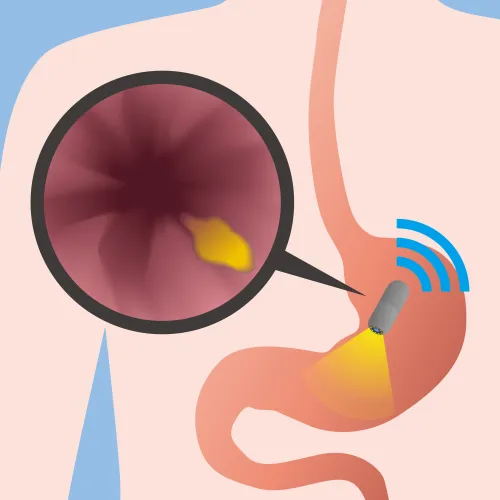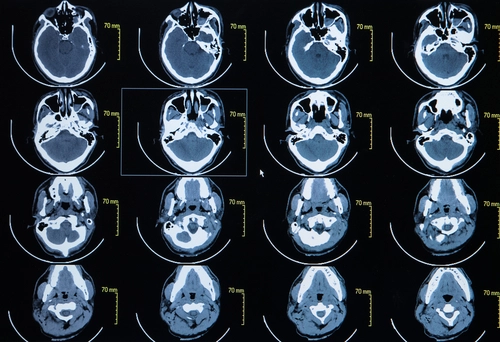Neurosurgery Coding Alert
Learn to Count to Code Vertebroplasty/Vertebral Augmentation
The number of vertebrae treated will affect code choice. Patients reporting to your surgeon for percutaneous vertebroplasty/vertebral augmentation put a couple of immediate challenges into a coder’s hands. First, you’ll have to know how the surgeon goes about deciding whether that the patient needs the surgery. Then, coders need to know the difference between the two procedures, as there are code sets for each. Lastly, you’ll need to line up your diagnosis code so the claim goes through smoothly on the first try. For more information on percutaneous vertebroplasty/vertebral augmentation, we spoke with Lynn M. Anderanin, CPC, CPMA, CPPM, CPC-I, COSC, senior director of coding education at Healthcare Information Services in Park Ridge, Illinois. Here’s what she had to say. Look to Imaging, X-Ray to I.D. Surgery Candidates The path to percutaneous vertebroplasty/vertebral augmentation surgery will almost always begin with some sort of evaluation and management (E/M) service. This could be an office/outpatient E/M, which you’d report with 99202 (Office or other outpatient visit for the evaluation and management of a new patient, which requires a medically appropriate history and/or examination and straightforward medical decision making. When using time for code selection, 15-29 minutes of total time is spent on the date of the encounter.) through 99215(Office or other outpatient visit for the evaluation and management of an established patient, which requires a medically appropriate history and/or examination and high level of medical decision making. When using time for code selection, 40-54 minutes of total time is spent on the date of the encounter.) If the E/M occurred in the hospital setting, it might be any hospital/inpatient E/M code from 99221 (Initial hospital inpatient or observation care, per day, for the evaluation and management of a patient, which requires a medically appropriate history and/or examination and straightforward or low level medical decision making. When using total time on the date of the encounter for code selection, 40 minutes must be met or exceeded.) all the way through 99285 (Emergency department visit for the evaluation and management of a patient, which requires a medically appropriate history and/or examination and high level of medical decision making). Results of the E/M could lead to further studies on the patient’s spine. When this occurs, Anderanin says the surgeon will most likely use an X-ray and magnetic resonance imaging (MRI) to confirm that the patient needs percutaneous vertebroplasty/vertebral augmentation. For X-rays, you’ll choose a code from 72020 (Radiologic examination, spine, single view, specify level) through 72120 (Radiologic examination, spine, lumbosacral; bending views only, 2 or 3 views), depending on encounter specifics. For MRIs, you’ll choose a code from72141 (Magnetic resonance (eg, proton) imaging, spinal canal and contents, cervical; without contrast material) through 72158 (Magnetic resonance (eg, proton) imaging, spinal canal and contents, without contrast material, followed by contrast material(s) and further sequences; lumbar), depending on encounter specifics. Example: An established patient reports to the neurosurgeon with severe spinal pain. During an evaluation and management (E/M) service, the surgeon orders a four-view X-ray of the entire thoracic and lumbar spine. The surgeon diagnoses age-related osteoporosis with current pathological thoracic fracture. Separate from the work involved in the X-ray, the physician performed moderate-level medical decision making (MDM) during the 34-minute E/M portion of the encounter. On the claim, you’d report: Know Vertebroplasty/Vertebral Augmentation Differences Once the surgeon decides to operate, you’ll need to report a code for the percutaneous vertebroplasty/vertebral augmentation. In order to select the correct code, you’ll need to know the differences between the surgeries. The codes you’ll choose from are: Percutaneous vertebroplasty Vertebral augmentation Example: A patient is sent to the surgeon by the emergency department (ED) because of severe pain in the lumbar spine. The patient did have X-rays and an MRI performed at the hospital showing fractures of L2 and L3. The patient had no accident or injury, but does have age-related osteoporosis. The surgeon performs percutaneous vertebral augmentation of L2 and L3. For this encounter, you’d report: 

Related Articles
Neurosurgery Coding Alert
- Surgery:
Learn to Count to Code Vertebroplasty/Vertebral Augmentation
The number of vertebrae treated will affect code choice. Patients reporting to your surgeon for [...] - E/M Coding:
Experts Evaluate 2023 Inpatient/Hospital Codes
Getting used to new E/M guidelines is challenging. Unless you haven’t coded anything in 2023, [...] - Compliance:
Hit Documentation Hotspots to Nail Each Claim
E/M level very often affected by what’s in the notes. Comprehensive documentation is key to [...] - You Be the Coder:
Bone Flap Craniotomy With Chemo Agent
Question: The surgeon performs a supratentorial bone flap craniotomy for excision of a brain tumor. [...] - Reader Questions:
Approach Matters on Tumor Excision
Question: How should I report excision of a pituitary tumor? AAPC Forum Subscriber Answer: It [...] - Reader Questions:
Remember Code First Notes for Neuro Disorder
Question: The surgeon treats a patient with mild neurocognitive disorder due to Parkinson’s disease. Is [...] - Reader Questions:
Drill Down Into Details for Dementia Dx
Question: A patient who suffers from mild vascular dementia has exhibited some aggressive physical behaviors: [...]




